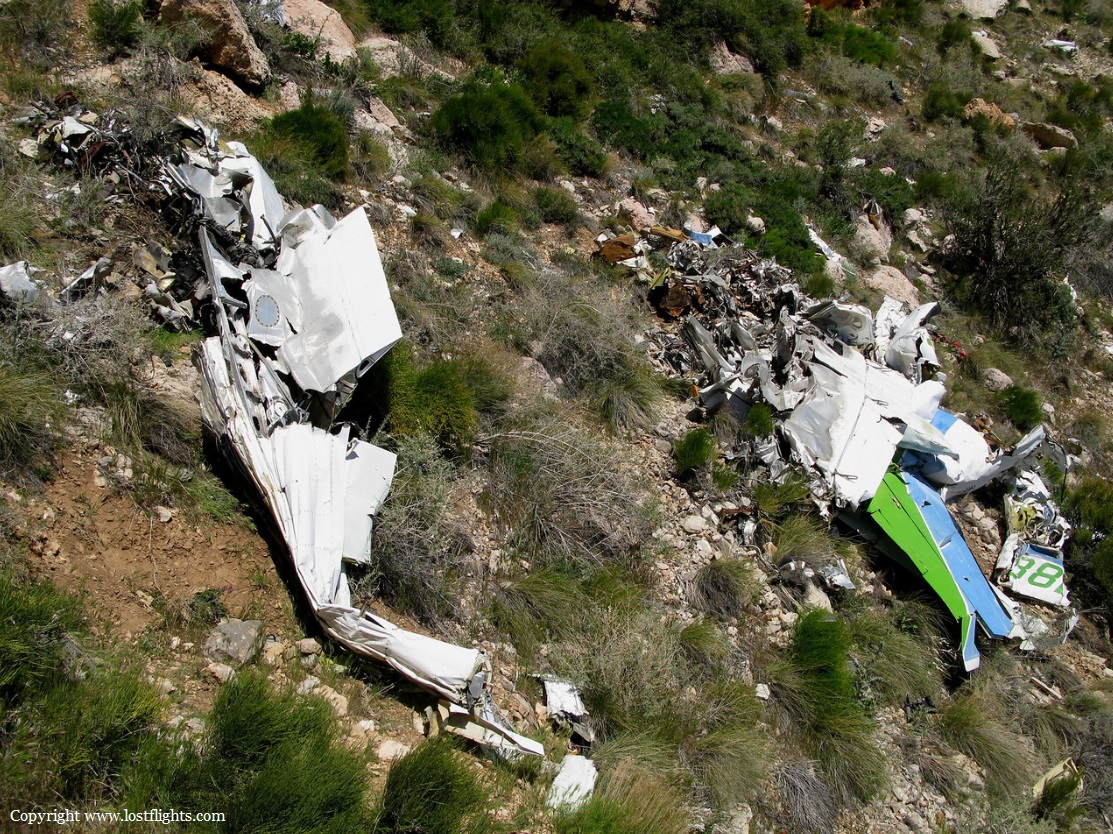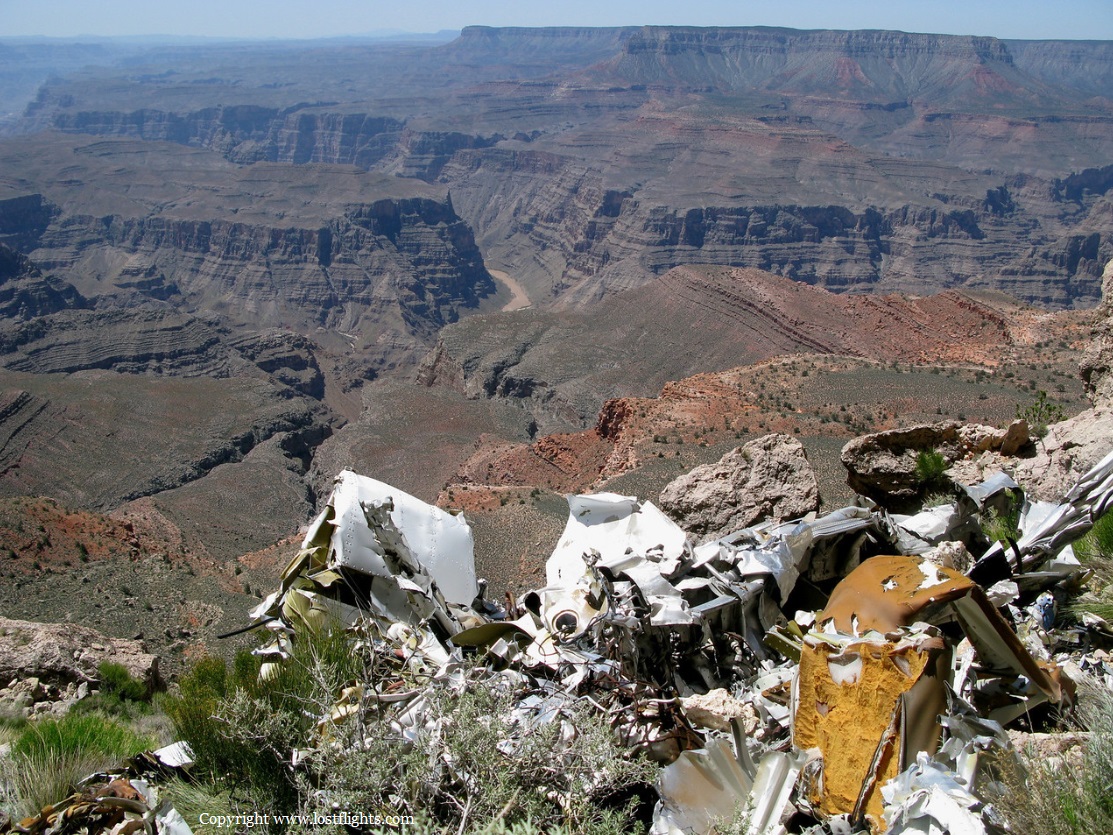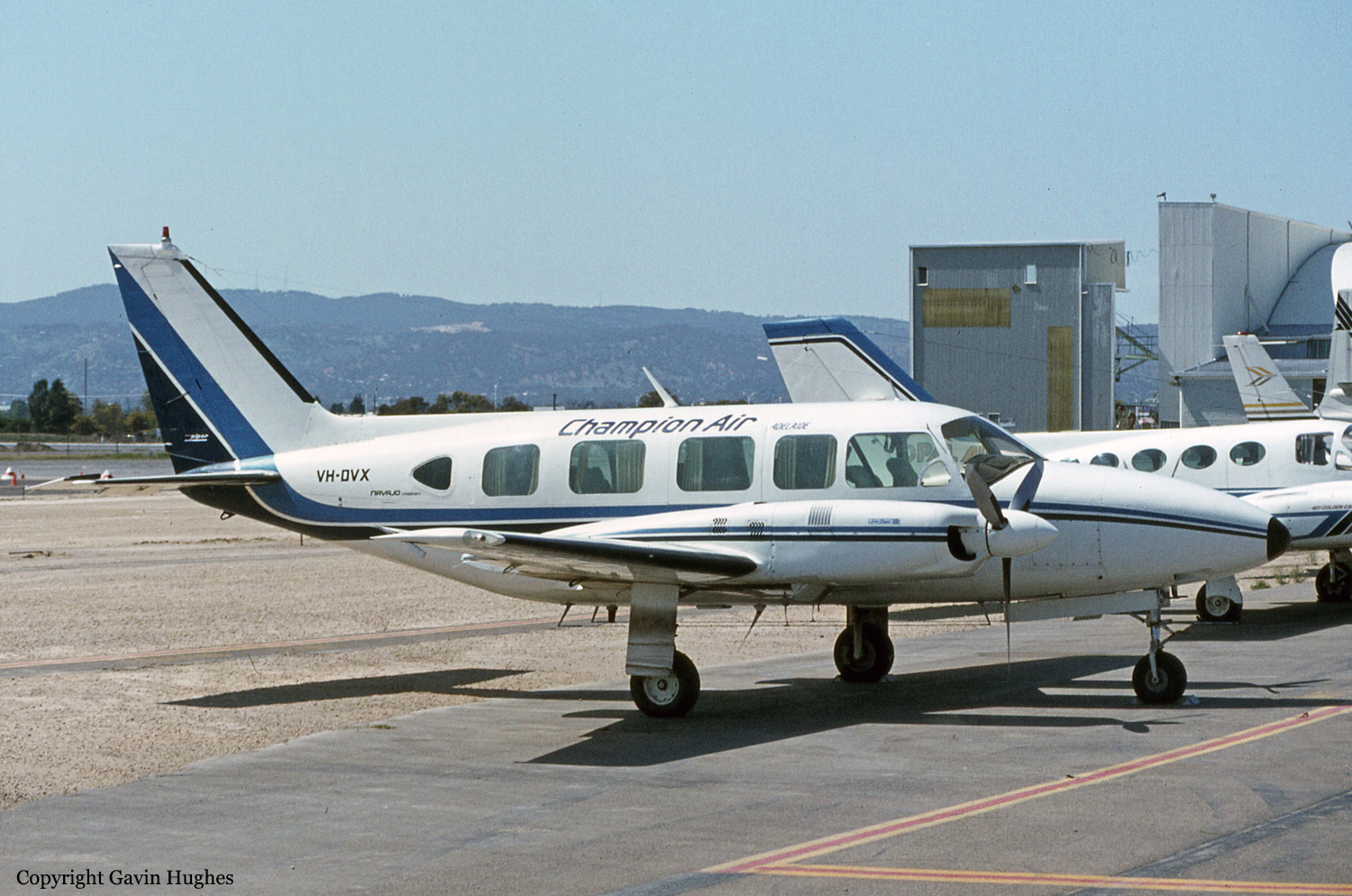Crash of a Piper PA-31-350 Navajo Chieftain in Baker: 2 killed
Date & Time:
Jun 2, 1984
Registration:
N6GW
Survivors:
No
MSN:
31-7405139
YOM:
1974
Crew on board:
1
Crew fatalities:
Pax on board:
1
Pax fatalities:
Other fatalities:
Total fatalities:
2
Circumstances:
The aircraft was found where it had crashed and burned on a rough lava bed. The crash site was about one mile northeast of a road where drug smuggling aircraft had been known to land in the past. There was evidence that cocaine had been removed from the accident site. The wreckage had been camouflaged by placing lava rocks on the shiny pieces of metal. There was evidence that the plane had crashed in a left wing low attitude while in a landing configuration. No preimpact/mechanical part failure or malfunction was found. The elevation of the crash site was about 2,930 feet. The aircraft wreckage was discovered on 6/2/84. The actual time of the accident was not determined. Both occupants were killed.
Probable cause:
Occurrence #1: in flight collision with terrain/water
Phase of operation: unknown
Findings
1. Stolen aircraft/unauthorized use - performed - pilot in command
2. (f) terrain condition - rough/uneven
3. (c) clearance - misjudged - pilot in command
Phase of operation: unknown
Findings
1. Stolen aircraft/unauthorized use - performed - pilot in command
2. (f) terrain condition - rough/uneven
3. (c) clearance - misjudged - pilot in command
Final Report:













